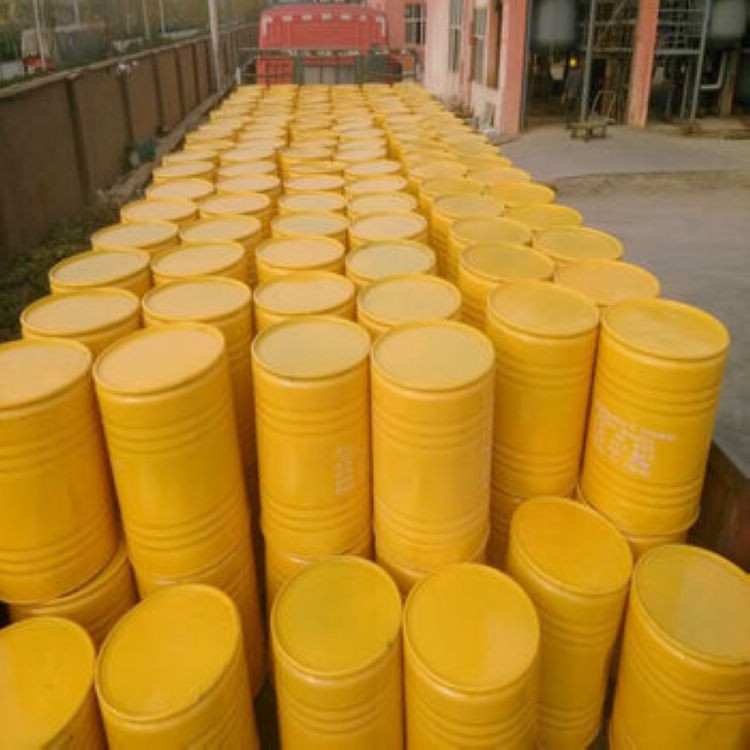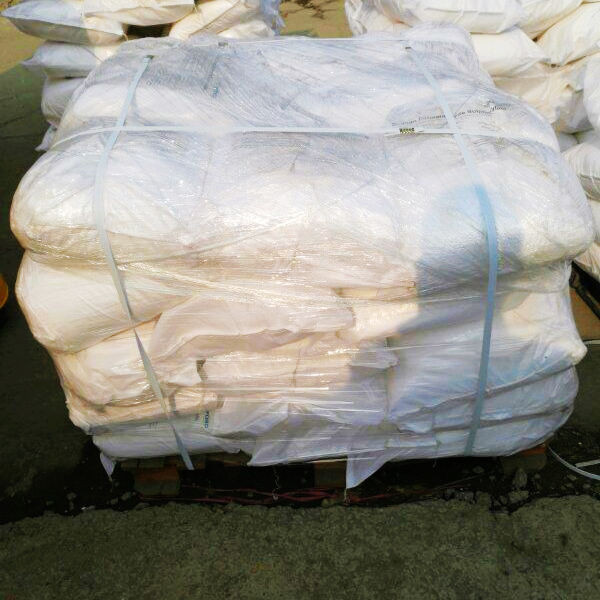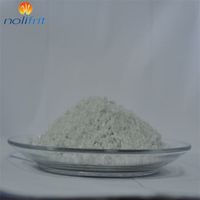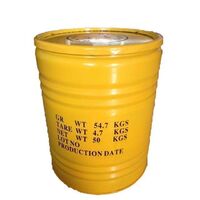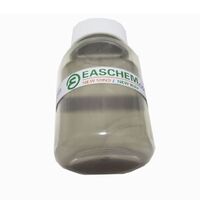Bleaching agent Sodium Formaldehyde Resultoxylate ( carved white powder c ) cas no 149-44-0
- $1650.00 /piece
- 1 piece
- Anqing Haida Chemical Co., Ltd.
- Anhui, China
- Mr jerry jiang
| port: | Shanghai, Qingdao | Package preview: | |
| IF: | NaHSO2.CH2O.2H2O | payment terms: | L/C, T/T, Western Union, MoneyGram |
| Packaging Details: | Iron drum lined with polyethylene, net weight 50kg / lined with polyethylene composite plastic woven bag, net weight 25kg | CAS number: | 149-44-0 |
| Stable pour point: | 50C max | Melting point: | 64°C |
| appearance: | white block, powder | Grade standard: | food grade, industrial grade |
| proportion: | 1.8 | Supply capacity: | 30,000 tons/year |
| usage: | Bleach, textile auxiliaries | brand: | Haida |
| EINECS number: | 205-739-4 | Other names: | carved white powder |
| purity: | 98%min | Origin: | Anhui, China |
| application: | rubber additives, |
Regular top grade white soluble sodium formaldehyde sulfoxylate carving white powder
Solubility
45% (20°C): 1.2 doses of water are needed to dissolve 1 dose of Glyph at 20°C. 50% (70 °C): 1 dose of water is required to dissolve 1 dose of Glyph at 70°C.
chemical properties
It has strong reducing properties and acts as an alkaline protective salt.
a. It is easy to deliquescence, exothermic, and begins to decompose at 80°C, releasing hydrogen sulfide H2S:
6NaHSO2 CH2O+3H2O — → 4NaHSO3+2HCOONa+2H2S+HCOOH+3CH3OH
b. Raise the temperature to 110°C to completely decompose, and the intramolecular formaldehyde will be decomposed to produce nascent hydrogen with the strongest reducing power:
NaHSO2 CH2O —→ NaHSO2+ CH2O
NaHSO2 + H2O —→ NaHSO2+ 2[H]
c. Under the action of acidity, it decomposes at PH>3 and releases H2S, so it exists in alkaline medium with PH>8.
d. Decompose in contact with oxidants, taking I2 as an example:
NaHSO2 CH2O+2H2O+2I2 —→ NaHSO4+4HI+CH2O
application
Mainly used as dye discharge agent, fading agent, reducing agent in printing and dyeing industry, active agent in the production of styrene-butadiene rubber and synthetic resin, also used in decolorization and bleaching of certain organic substances, such as: synthetic rubber, sugar and food industry bleaching agent. In some special cases, sodium dithionite can be replaced.
storage
It should be stored in a dry, cool and dark place. Protect from moisture and out of direct sunlight. Don't let it get caught in the rain. Do not store together with oxidants and acids. When there is no acid vapor, the storage period is one year.


